- Car finance Car finance
- Motorbike finance Motorbike finance
- Van finance Van finance
- How it works How it works
- FAQs and guides FAQs and guides
- About us About us
- Start a new quote
- Home
- Blog
- Looking After Your Vehicle
- How to prepare for your first motorcycle road trip
How to prepare for your first motorcycle road trip
Updated: Thursday, 8 June 2023
For some, beloved motorbikes have been prepped and stored away since Winter and riders are itching to find the best road trips. Seeing as summer has only just begun, why not take a road trip and explore what the country has to offer?
Whether you are a regular rider or burgeoning beginner, here’s our tips on how to stay safe and still have a thrilling ride. Just remember to carry out the essential checks before you get back on the saddle prep.
Make sure you have the right ride
While anything on two wheels will work for a prolonged road trip, there are certain motorcycles that are better equipped for the long haul than others.
If covering mile after mile of the motorway is your aim, a Bagger bike is your best option. Fully fitted with saddlebags, wide front fairings, backrests and footboards it provides ultimate comfort for your every journey.
However, those looking to take things off-road may prefer a bike designed for adventure touring, such as a dual-sport tourer. This bike can travel over nearly every terrain and is essential for riders wanting to escape predictable routes for more adventurous journeys.
Before setting off, ensure your bike fits the bill. Check it doesn’t require any essential maintenance and look over the main areas such as your tyres, wheels, controls, lights, electrics, oil, fluids, chassis and stands.
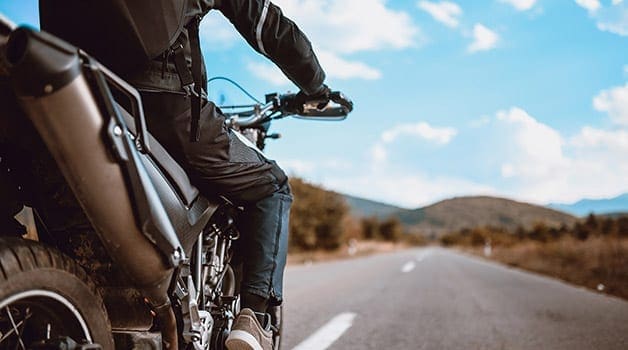
Plan your route
Once you’ve decided upon a destination, it’s important to plan your route so you can make the most of those great open roads and spectacular views. Schedule fuel breaks, so you know when to stop for a stretch and some food.
Even though you’ve planned your route, you should always carry a physical map with you, in case there are any accidents or road closures you need to react to. Our motorbike map can help you find out some popular routes to take.
Check out our guide on popular motorbike destinations or, if you’re looking to go international, check out our list of 50 unbeatable road trips around the world.
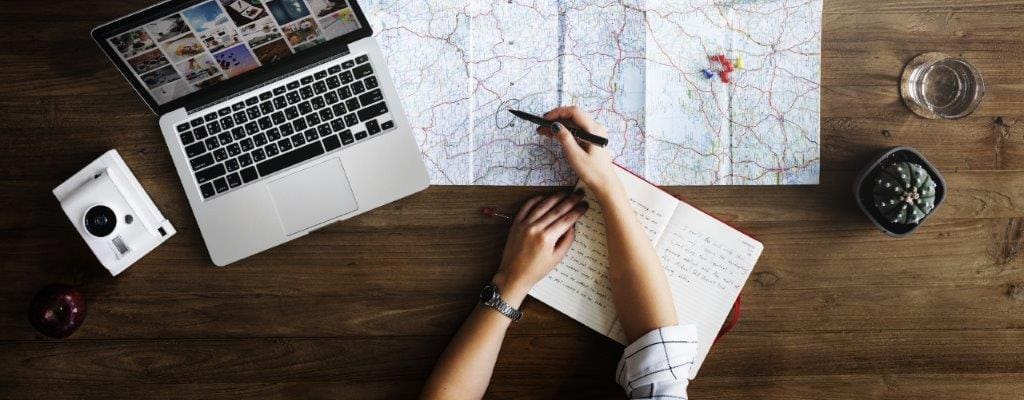
Technology will keep you safe
If you’re a techy motorhead, you may want to consider spending a little extra and purchasing a Bluetooth helmet.
We recommend helmets that have built-in Bluetooth, which will connect to any Bluetooth headset and helps you keep in touch with other riders within a certain radius.
Choose a model which can be charged by a micro-USB, rather than a standard cord. This is the easiest option if you travel frequently. You should also purchase headsets with reliable controls, so when you take calls, the sound adjusts automatically without any effort required from the rider.
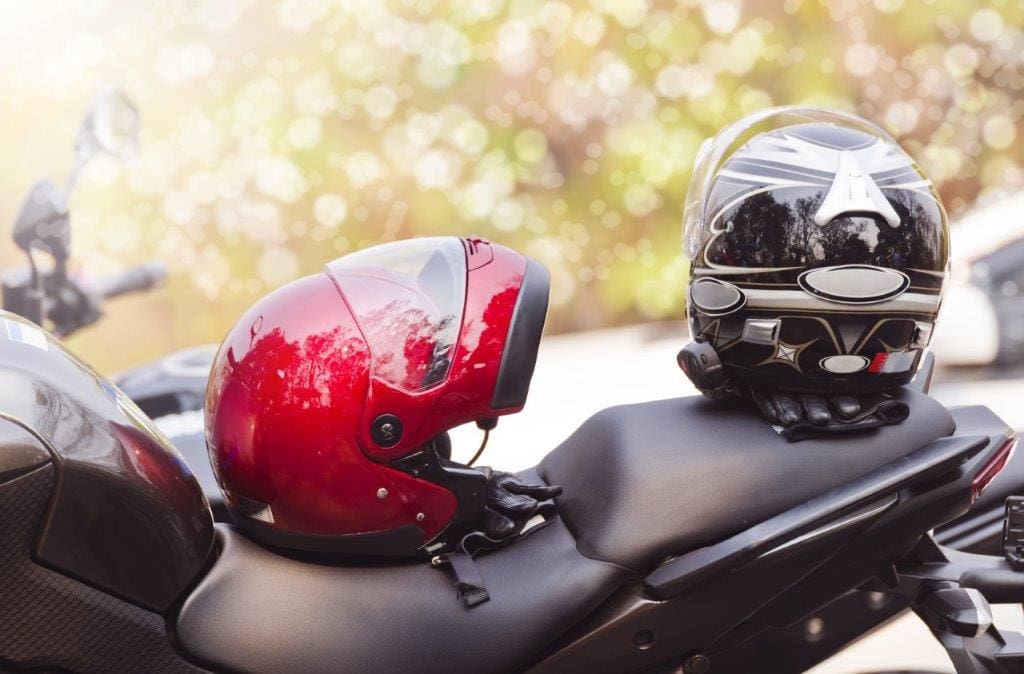
Packing
With minimal space to play with, packing for your motorbike road-trip is an art. What you pack will depend on the type of trip you’re planning, combined with your own personal preferences. You should consider the duration, destination(s) and whether you’re camping or hotel-hopping as this will determine what you pack and how you do it.
Consider using packing cubes to organise your items, rolling clothes instead of folding to create more space and eliminate creases.
Stick to lightweight clothing where possible and pack light. In doing so, you will reduce the total weight on the bike and experience a smoother, more balanced ride.
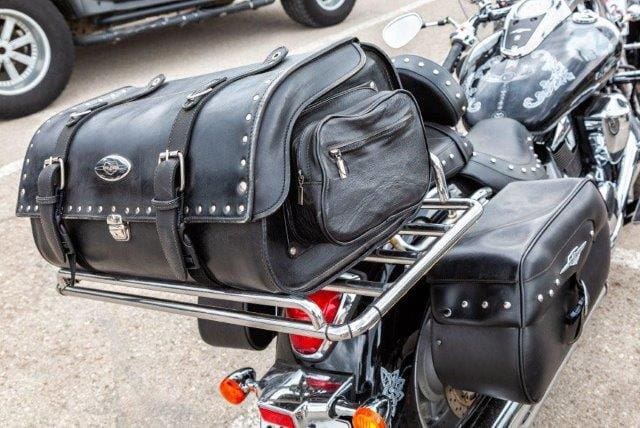
Dress to impress
What you wear when out riding is an important decision and not one to take lightly. Getting it right can be the difference between impaired vision, discomfort, being freezing cold or soaking wet.
When riding, you should always wear a helmet, riding gloves, riding boots, eyewear, long pants and a riding jacket no matter the weather.
You should use compartments within your clothes to store important documents such as your ID and travel insurance, in addition to a stash of money so they are easily accessible in case you need them at service stations or toll booths.
You should always remain visible to other motorists on the road, so ensure your jacket or helmet has reflective patches.
You will want to use waterproof versions of items such as gloves for extra protection if it’s raining or a cooling neck wrap if it’s sunny and hot.
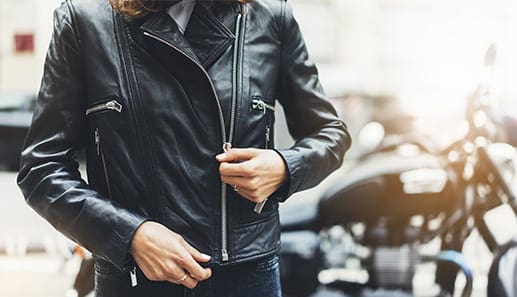
Bringing you information on how to look after your vehicle, save money and enjoy your life on the road.
More from Moneybarn...
For a better road ahead
Moneybarn is a member of the Finance and Leasing Association, the official trade organisation of the motor finance industry. The FLA promotes best practice in the motor finance industry for lending and leasing to consumers and businesses.
Moneybarn is the trading style of Moneybarn No. 1 Limited, a company registered in England and Wales with company number 04496573, and Moneybarn Limited, a company registered in England and Wales with company number 02766324. The registered address for these companies is: Athena House, Bedford Road, Petersfield, Hampshire, GU32 3LJ.
Moneybarn’s VAT registration number is 180 5559 52.
Moneybarn Limited is authorised and regulated by the Financial Conduct Authority (Financial Services reference No. 702781)
Moneybarn No. 1 Limited is authorised and regulated by the Financial Conduct Authority (Financial Services reference No. 702780)




